Request an Appointment
This is a placeholder for the Yext Knolwedge Tags. This message will not appear on the live site, but only within the editor. The Yext Knowledge Tags are successfully installed and will be added to the website.
,
This is a placeholder for the Yext Knolwedge Tags. This message will not appear on the live site, but only within the editor. The Yext Knowledge Tags are successfully installed and will be added to the website.
News and Media
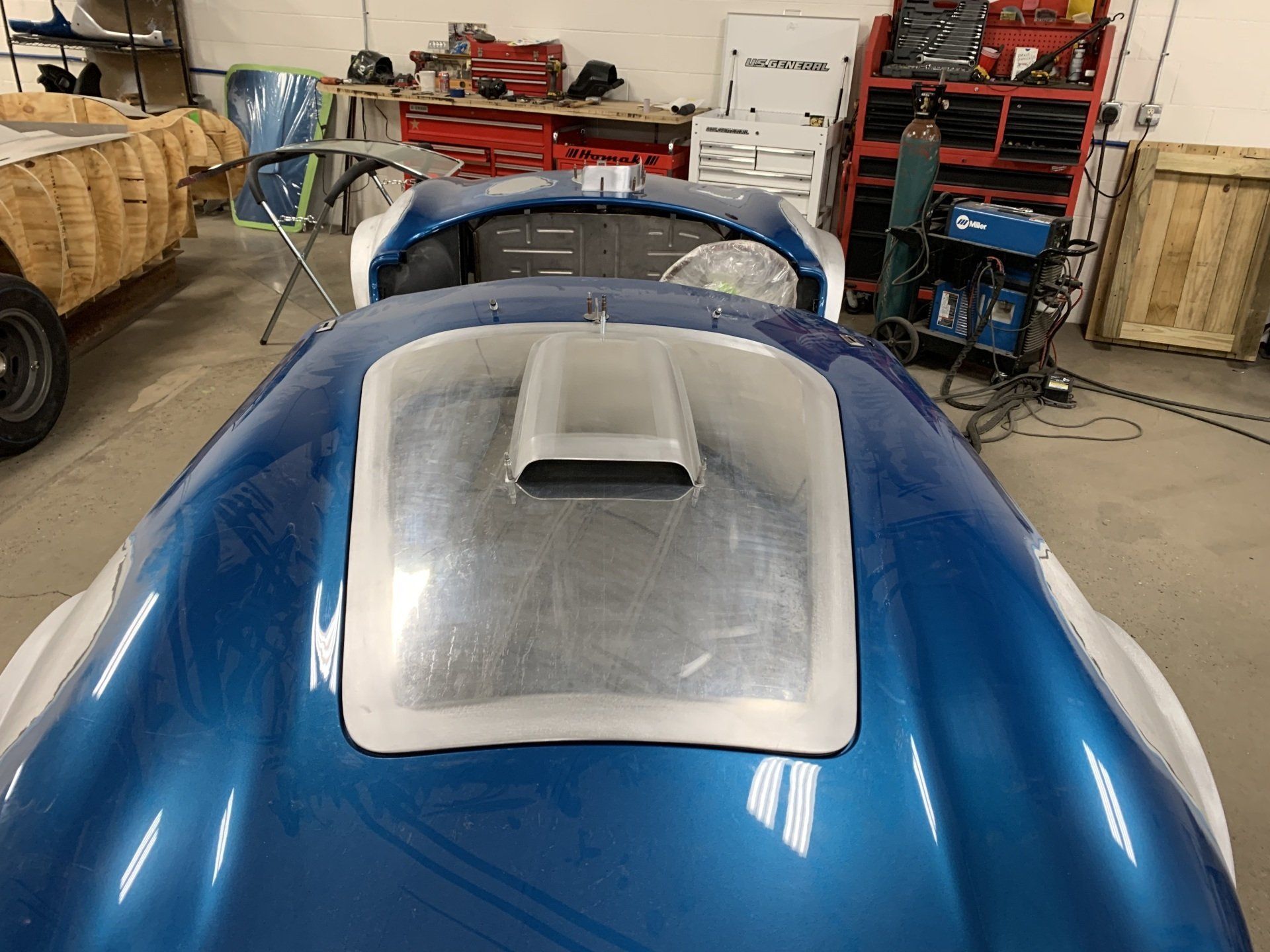
By 7072986191
•
11 Nov, 2022
Source: https://www.rcnmag.com/tech/period-perfection Posted June 22, 2020 As told by Mike Pack Photos courtesy of Mike Pack, Austin Paruch and by Dean Larson I acquired my Kirkham 289 from Kirkham Motorsports back in 2006 as one of the first early-style competition 289 Cobras that they built. This series replicates the Shelby team cars from the early 1963 racing season, and they feature a leaf-spring chassis, small rounded rear flares, street-style front flares and no oil cooler scoop. In the cockpit, there’s a street dashboard with a collection of Smiths and Stewart Warner gauges with a Sun Tachometer like the Shelby team used. The dash is also fitted with World War II era radium-tipped aircraft switches like the original. Under the skin, the car has cloth-covered Lucas wiring, a Weber carbureted 289 with a Ford generator, dual breather valve covers, a differential cooler with Bendix pump, a secondary long-range tank, Girling brakes with solid rotors and 1963 date-coded Koni Shocks, among other period correct features. Stamped KMP453 when new, my car has continued to evolve over my 14 years of ownership. First I had a local Ferrari restoration shop add aluminum spats, or fender extensions, behind the front wheels, which were required to meet SCCA and USRRC racing requirement for tire coverage in the early 1960s. I subsequently added magnesium kidney bean-style wheels and a front stone guard with Lucas spot lights like the Shelby team used at Sebring in 1963. I have enjoyed the car frequently at open track events at Road America and routinely drive the car on the road. I have always wanted the car to look exactly like a particular Shelby team car, CSX2128 as Dan Gurney raced it at Sebring in 1963. It’s also known as the “Hey Little Cobra” car, as it was featured on the album cover of the Rip Cords 1960s Hey Little Cobra record album. After working with Austin and his team at Paruch Automotive Craftsmanship on new side pipes, I knew that they were up to the task of transforming KMP453 to an exact replica of CSX2128. Fortunately, we have been able to accumulate many pictures of CSX2128 at Sebring in 1963 as reference material to help along the way. Because the rear fender flares on the early team racing Cobras were fabricated by hand, every car’s flares had subtle differences. Austin and his team started the conversion project by reshaping the rear flares to mirror those of CSX2128 from the 1963 Sebring photos. Subtle adjustments were also made to the front flares. Next up were the front and rear brake cooling ducts, which were initially done in fiberglass like the later 289 Shelby team cars. Shelby’s early cars used aluminum ducts however, so Austin and his team fabricated new ducts in aluminum that will remain unpainted when the car is complete. From there, it was on to the hood scoop, which was welded on like that of the Shelby team Le Mans cars and later 289 FIA Cobras. Sebring cars had riveted hood scoops though, so Austin reskinned the hood on KMP453 and added a hood scoop identical to CSX2128, complete with the correct air diffuser grille for the opening. The Sebring cars also featured a third hood latch in the center that was fabricated by hand to prevent the hood from popping open under hard braking. This is again a very unique feature that only existed on the Sebring cars, and Austin and his team nailed it on KMP453. The fuel cap was another unique feature of the Sebring cars, as they had a Le Mans-style fuel filler cap centered and recessed in the rear cowl panel. This also required modifications to the fuel tank itself, and the construction of a riveted surround plate to close the hole in the body necessary for installing the cap. KMP453’s filler cap was originally offset to the passenger side, like the 289 Le Mans and 289 FIA race cars. Austin’s team easily relocated the fuel filler as part of the project and added a large fuel splashguard as well. Next, these early Cobras did not have side vents, including CSX2128, so Austin and his team welded the vents shut on KMP453 and removed any trace that they ever existed on the bare aluminum inside the engine bay. They also took on the task of notching the driver’s side door, because like Dan Gurney with CSX2128, I could use some extra space in the cockpit. CSX2128 was also raced with a steeply raked windscreen, so the windshield on KMP453 was tipped back further. Also, a unique double Raydyot mirror mount was fabricated above the dashboard that will house two original Raydyot mirrors from the early 1960s. Next a new rollbar to original height specifications was fabricated that can be used interchangeably with the taller rollbar that we use at the track. Finally the car is going to be repainted in black with the correct yellow striping and large white roundels in the coming months. While some people might cringe at the idea of putting a great looking Cobra under the knife, I just see it as one stop along the path to period perfection. **We can't get enough of Mike's 1963 Shelby team car build, so stay tuned for a full feature on the car once it's finished.**
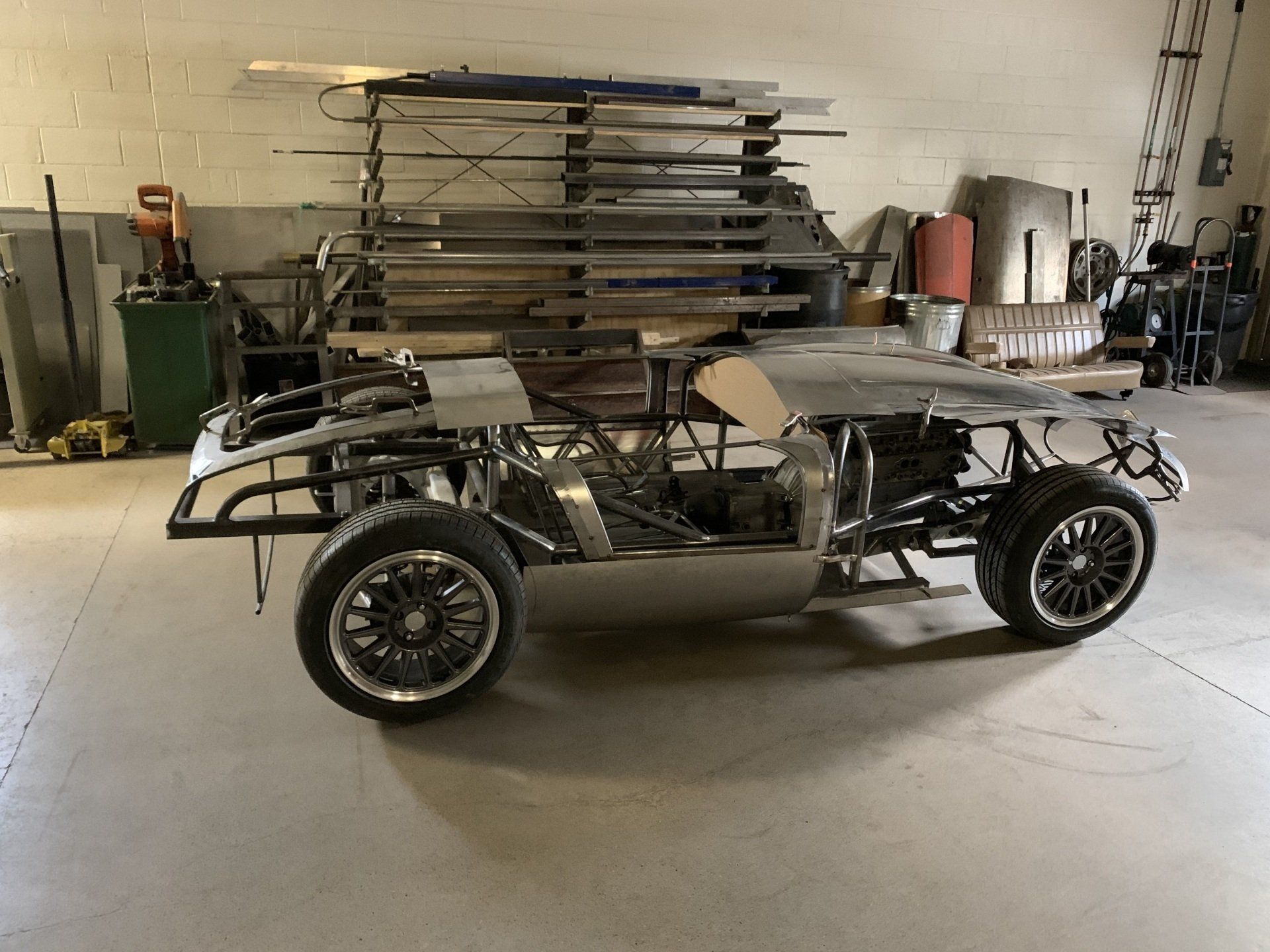
By 7072986191
•
11 Nov, 2022
Source: https://www.rcnmag.com/tech/the-strada-americana-takes-shape?utm_source=campaigner&utm_campaign=RCN200713&utm_content=newsletter&cmp=1&utm_medium=email Austin Paruch of Paruch Automotive Craftsmanship details the inspiration for his all-new coachbuilt Italian inspired exotic Posted July 13, 2020 Story and photos by Austin Paruch of Paruch Automotive Craftsmanship 3D Renderings by Dan Palatnik There has been a hunger within me to build an original hand-built car for years, the inspiration for which has come from a number of places. Like anyone in the business, I’d obviously consider myself a car guy, but the true impetus for the project came from experience in restoring vintage Ferraris. I fell in love with the Italian design language while working for a prominent restorer of Italian cars, and if you have ever had the chance to work on one, you know how it gets in your blood. As such, I think the influence of vintage Ferraris and other Italian marques from the 1950s is clear in the design of the Strada Americana. While chatting with a designer who I admire, I came to the conclusion that the time was now, and I needed to start taking steps to develop my own design. I wanted a project to showcase my skills, along with the capabilities of our staff and shop, Paruch Automotive Craftsmanship; therefore, the goal would be a totally unique two-seater with clear influences from ’50s Italian design. And let’s not forget about performance. The final design came about very organically. After studying historic photos of vintage race cars from Ferrari, OSCA, Maserati and others, a 3D rendering was created and scaled to our desired chassis size. We then began to tweak the shape and lines until we arrived at a beautiful design the team agreed upon. From there, we used 3D data from the model to produce a plywood buck over which we could shape the aluminum body. Our talented staff and I will shape all the aluminum in house, using the same shaping methods these iconic marques used in period. In addition to working on customer cars (one of which is a custom Kirkham Cobra you might have seen here in a recent tech feature), we’ve been developing the Strada Americana over the past several months to get it to this point. We’re wrapping up construction of a TIG-welded tubular chassis that’s done in the style of late 1950s and early ’60s exotics, like those from Ferrari, Maserati and Shelby. The aluminum bodywork will be supported by a steel upper structure, but we’re building this structure to be stronger than it was in the 1950s to improve safety for the driver and passenger. No roll bar is planned at this time, but one could be added if requested. We plan to build these cars to order, and production will be limited to five units. Driveline, paint, and interior are fully customizable, and the bespoke rolling chassis with bare metal body is priced at $100,000. Finishing costs will vary depending on options. We’re also offering a more exclusive purchasing option that will limit vehicle production to just two cars. One car is to be sold, and one will be retained by the company for promotional purposes. Pricing is available upon request. We anticipate the finished weight of the car to be roughly 1,600 pounds depending on options. My engine of choice would be the 2.3-liter Ford EcoBoost backed by a manual transmission. This combination would produce a thrilling 300 hp and be extremely fun and reliable on the track, yet practical for road use. Other options could include a variety of four-cylinder options, V6s and V8s. The engine bay should also accommodate a V12. Our workshop is located in Appleton, Wisconsin, which is not too far from one of the greatest road race courses in the world — Road America in Elkhart Lake, Wisconsin. Road America is an amazing and iconic race circuit located near a beautiful small town with a picturesque lake that’s second to none. There may not be another place on Earth that rivals the automotive passion found at Road America and within this quaint little town. It’s from this place that I drew inspiration in naming the car. Given the Italian design influence, “Strada Americana” seemed fitting. I encourage people to reach out to us with questions, comments and inquiries about the Strada Americana or any custom builds, restoration projects, and fabrication jobs. Paruch Automotive Craftsmanship | www.paruchautomotivecraftsmanship.com | https://www.facebook.com/ParuchAutomotive | https://www.instagram.com/paruchautomotive
VISIT US
,
This is a placeholder for the Yext Knolwedge Tags. This message will not appear on the live site, but only within the editor. The Yext Knowledge Tags are successfully installed and will be added to the website.
This is a placeholder for the Yext Knolwedge Tags. This message will not appear on the live site, but only within the editor. The Yext Knowledge Tags are successfully installed and will be added to the website.
HOURS
This is a placeholder for the Yext Knolwedge Tags. This message will not appear on the live site, but only within the editor. The Yext Knowledge Tags are successfully installed and will be added to the website.
Monday
Tuesday
Wednesday
Thursday
Friday
Saturday
Sunday
This is a placeholder for the Yext Knolwedge Tags. This message will not appear on the live site, but only within the editor. The Yext Knowledge Tags are successfully installed and will be added to the website.
Monday
Tuesday
Wednesday
Thursday
Friday
Saturday
Sunday
This is a placeholder for the Yext Knolwedge Tags. This message will not appear on the live site, but only within the editor. The Yext Knowledge Tags are successfully installed and will be added to the website.
CONTACT US
This is a placeholder for the Yext Knolwedge Tags. This message will not appear on the live site, but only within the editor. The Yext Knowledge Tags are successfully installed and will be added to the website.
This is a placeholder for the Yext Knolwedge Tags. This message will not appear on the live site, but only within the editor. The Yext Knowledge Tags are successfully installed and will be added to the website.
Hi. Do you need any help?
Privacy Policy
| Do Not Share My Information
| Conditions of Use
| Notice and Take Down Policy
| Website Accessibility Policy
© 2024
The content on this website is owned by us and our licensors. Do not copy any content (including images) without our consent.
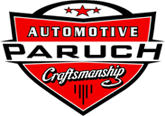
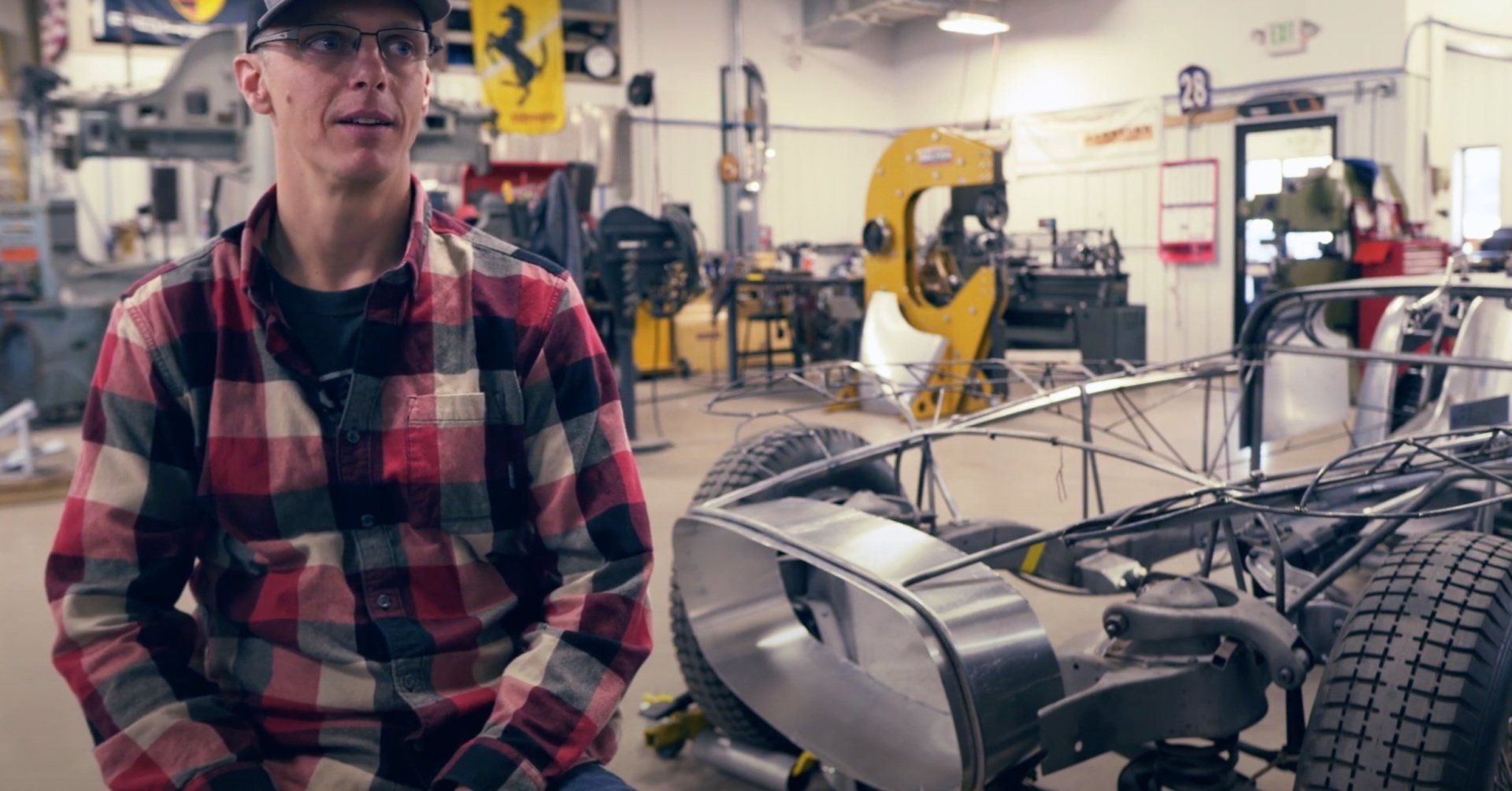
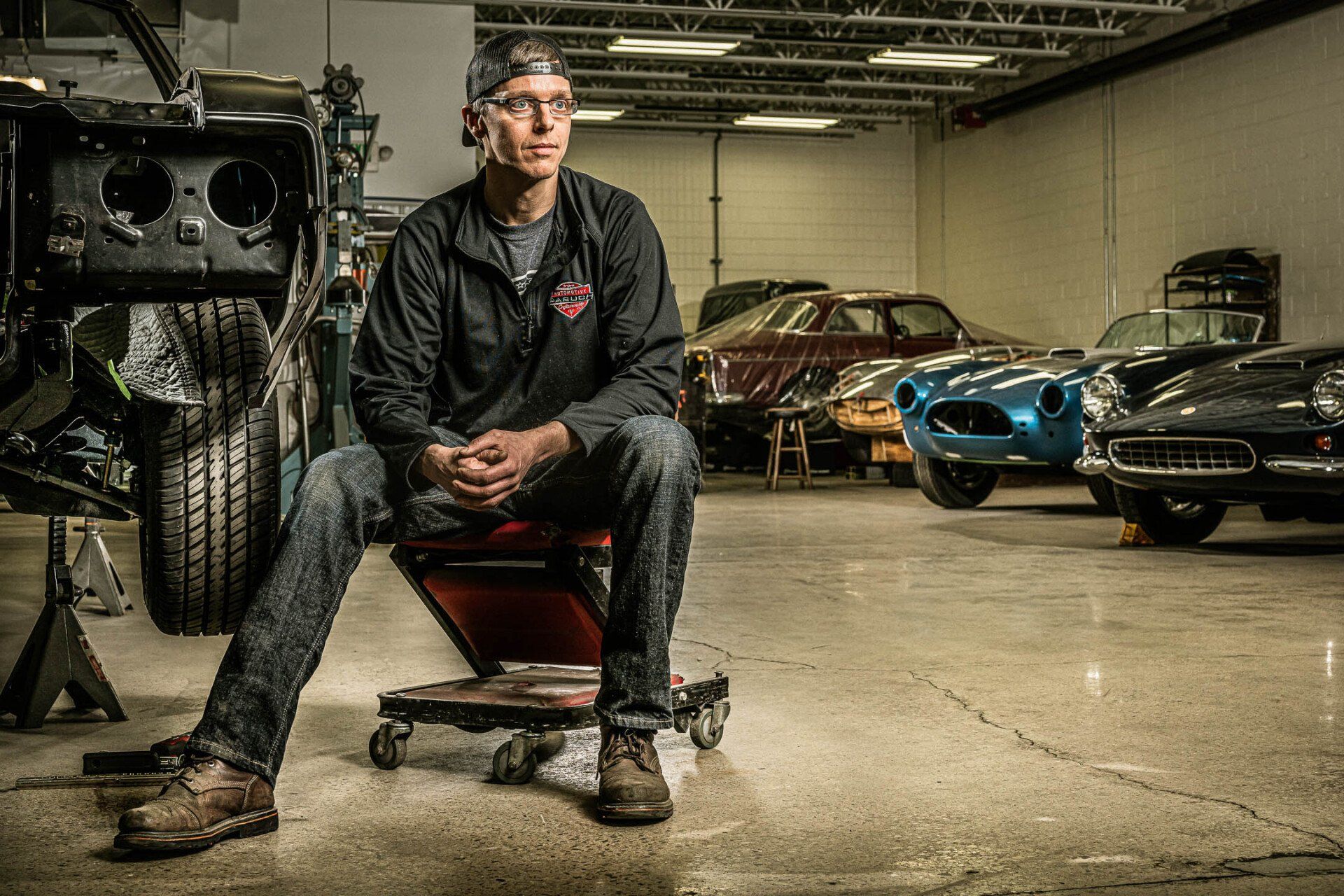
Share On: